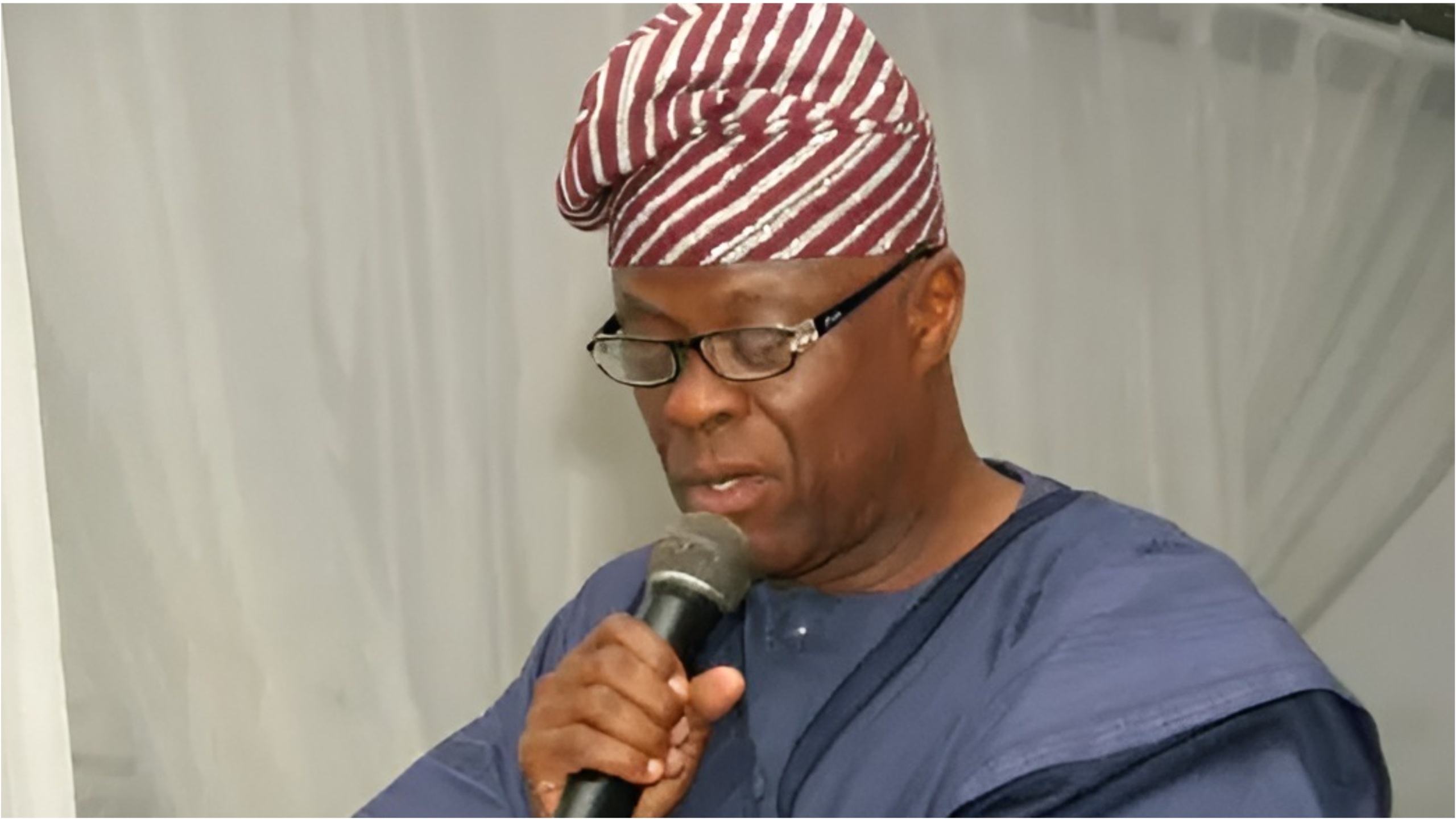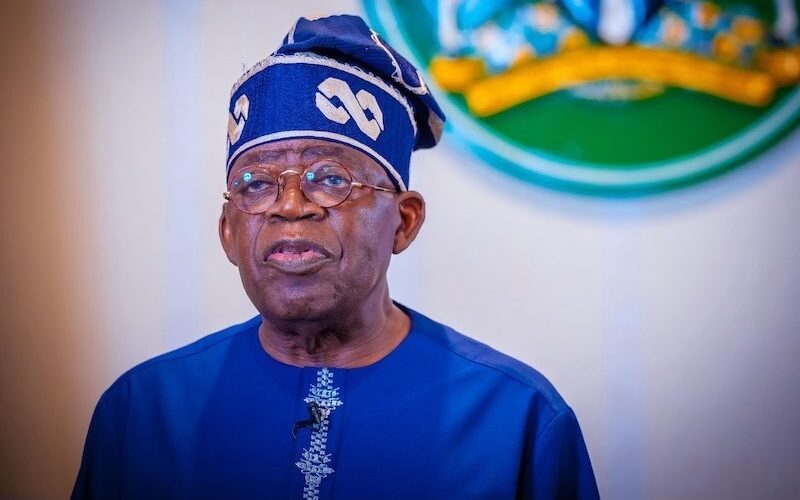Anthony Okoye
This July, I had the privilege of moderating a pivotal session at the Future Cities Summit 2025 in Abuja—a conference that continues to position itself as Nigeria’s foremost gathering for sustainable urban development and green building innovation. Themed “Smart, Sustainable & Resilient: Reimagining Green Building & Urban Governance for Future Cities,” the summit brought together policymakers, architects, urban planners, and thought leaders in a collective push toward solutions that will determine how our cities grow—and survive—amid accelerating environmental challenges.
What resonated most during the summit was the shared urgency: the recognition that climate change is no longer a distant threat but a lived reality already reshaping the way Nigerians build, live, and work. With rising temperatures, unpredictable rainfall, flooding, and resource scarcity becoming more frequent, the need to rethink the architectural blueprint of our cities has never been more pressing. As both a practitioner and an advocate for green design, I believe sustainable architecture must now move from concept to norm—not just in policy documents or pilot projects, but in mainstream construction, procurement, and building culture.
Sustainable architecture is not simply about installing solar panels or applying sleek facades. It is a philosophy of design that responds intelligently to the environment, conserves energy, minimizes waste, and prioritizes long-term resilience over short-term cost-cutting. In Nigeria’s context, this means designing buildings that are responsive to our distinct climate zones, leveraging passive cooling techniques, using locally sourced and eco-friendly materials, integrating rainwater harvesting systems, and creating public spaces that support both human health and social connection.
Our challenge, however, is not only technical but also cultural and systemic. For decades, much of our built environment has been shaped by imported templates that neither reflect our climatic conditions nor address the socioeconomic realities of our population. We build glass towers that trap heat in tropical zones, estates without adequate drainage in flood-prone areas, and neighborhoods with little attention to mobility, inclusiveness, or environmental sustainability. Breaking this cycle requires a homegrown design approach rooted in context, culture, and climate.
As a Trustee of the Green Building Council of Nigeria, I have seen encouraging signs of change. A growing ecosystem of Nigerian architects, developers, and policymakers is beginning to align its work with green building standards and climate resilience goals. Government agencies are also recognizing the economic and social returns of building sustainably. But this momentum must be scaled—urgently. Incentives for green construction, updates to urban planning laws, professional education, and public awareness campaigns are all critical in driving this transformation.
Before we leap into high-tech solutions, sustainable architecture in Nigeria should find its footing by reviving age-old wisdom. Passive design principles—such as thoughtful orientation, natural ventilation, and strategic shading—are being reintroduced, drawing inspiration from traditional housing like Yoruba courtyard compounds and Hausa deep-overhang structures. This low-tech ingenuity is visible in projects like the Abuja Technology Village, which leverages smart layout and shading to reduce reliance on air conditioning. Meanwhile, indigenous materials like laterite, bamboo, and earth bricks are being modernized. Compressed Stabilised Earth Blocks (CSEBs), for instance, demonstrate how eco-friendly choices can also be cost-effective. Bamboo is making a comeback—not just for scaffolding, but as a refined structural and interior material in community buildings.
New projects are also learning to coexist with water and energy challenges. In flood-prone cities, solutions such as rainwater harvesting, permeable pavements, and vegetated channels are helping reduce risk while promoting sustainability. The University of Lagos Senate Building now incorporates a rainwater reuse system that addresses both flooding and water scarcity. Forward-thinking developments are embracing building-integrated solar technologies, such as solar water heaters in Lekki Gardens and solar facades in new Abuja commercial sites. Examples like the NIA-backed Green Building Hub in Lagos, EDGE-certified estates like Southfield and The Beehive, and the restoration of Gidan Makama Museum in Kano showcase how Nigeria is blending the old with the new—creating a homegrown blueprint for climate-resilient cities.
Ultimately, the future of Nigerian cities will depend on our willingness to embrace architecture not just as a tool for shelter or status, but as a catalyst for sustainable development. The buildings we erect today must withstand not only the test of time, but also a changing climate and evolving societal needs. We must design with conscience, build with vision, and leave behind spaces that enable future generations to thrive. The opportunity to redefine our cities is here—and it begins with how we choose to build.
Okoye has had a distinguished career spanning nearly two decades across Europe, North America, and Africa, bringing a global perspective to architecture and urban design. A member of esteemed professional bodies—including the Royal Institute of British Architects (RIBA), the Architect Registration Board of the UK, the Nigerian Institute of Architects, and the Architect Registration Council of Nigeria—his credentials reflect a deep commitment to excellence in his field. He is also a LEED-accredited professional, a British Chevening Scholar, and recipient of the Andrew Grant Prize from Heriot-Watt University, the University of Ife Fellowship, and the Federal Government of Nigeria Merit Award.
His academic training includes advanced degrees in Architecture and Urban Design from the University of Ife and Heriot-Watt University, Scotland, where he graduated with distinction. His professional journey includes impactful roles at respected firms such as GHK and Design Group (Nigeria), Sir Frank Mears Associates (UK), and Wallace Roberts & Todd (USA). His architectural portfolio spans industrial, commercial, residential, and institutional developments, as well as urban revitalization and mixed-use projects. He has led major projects for global brands including Shell, Chevron, Procter & Gamble, Tetra Pak, Guinness, and LNG.
As Managing Director and co-founder of Design Genre Limited—an architectural, planning, urban, and interior design firm at the forefront of sustainable practice in Nigeria—Anthony champions the urgent need for eco-conscious development. He emphasizes that the future of architecture lies in resource efficiency and environmental responsibility. “Sustainable design must go beyond aesthetics,” he explains. “It should reflect a commitment to using materials, energy, and development space wisely—contributing to the global vision of resilient, livable cities without compromising the needs of future generations.”
The post Sustainable Architecture: Building Nigeria’s Climate-Resilient Future appeared first on THISDAYLIVE.




